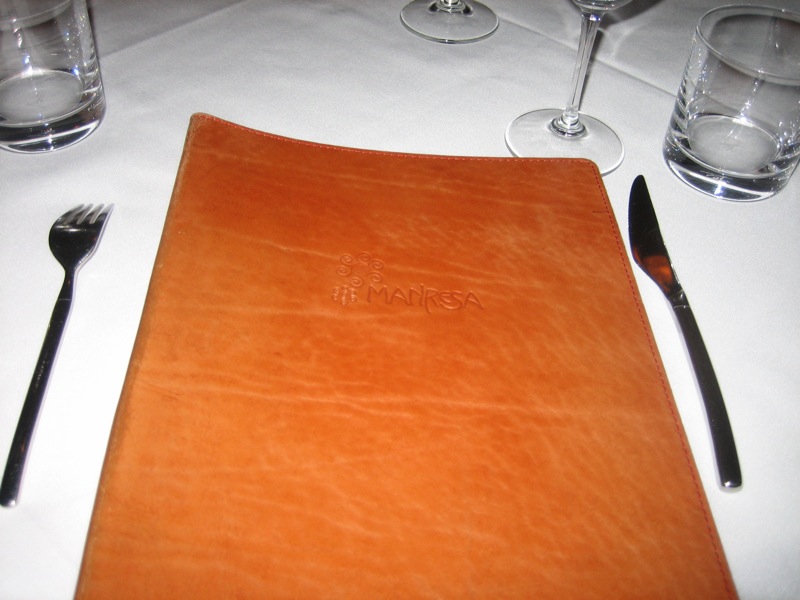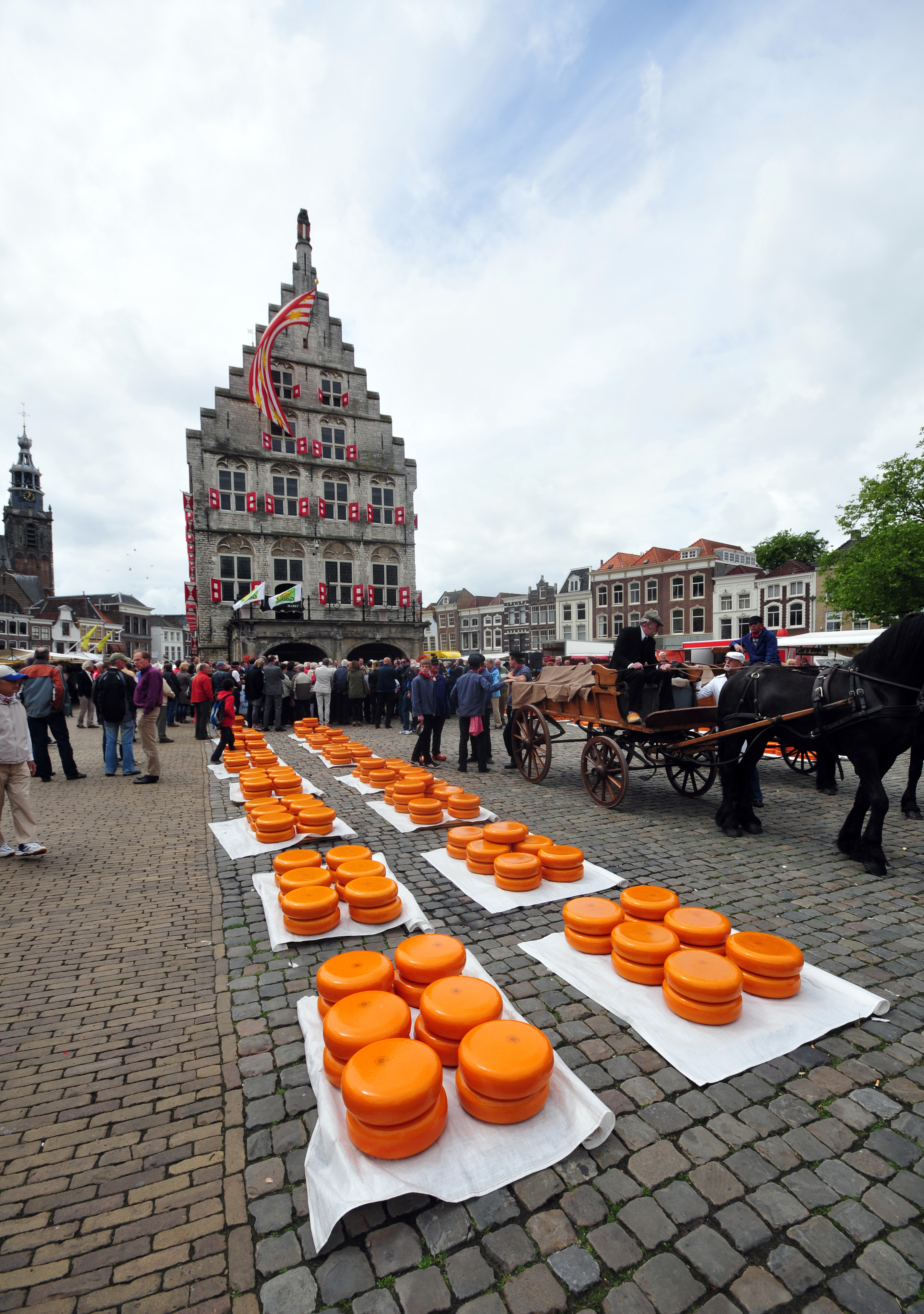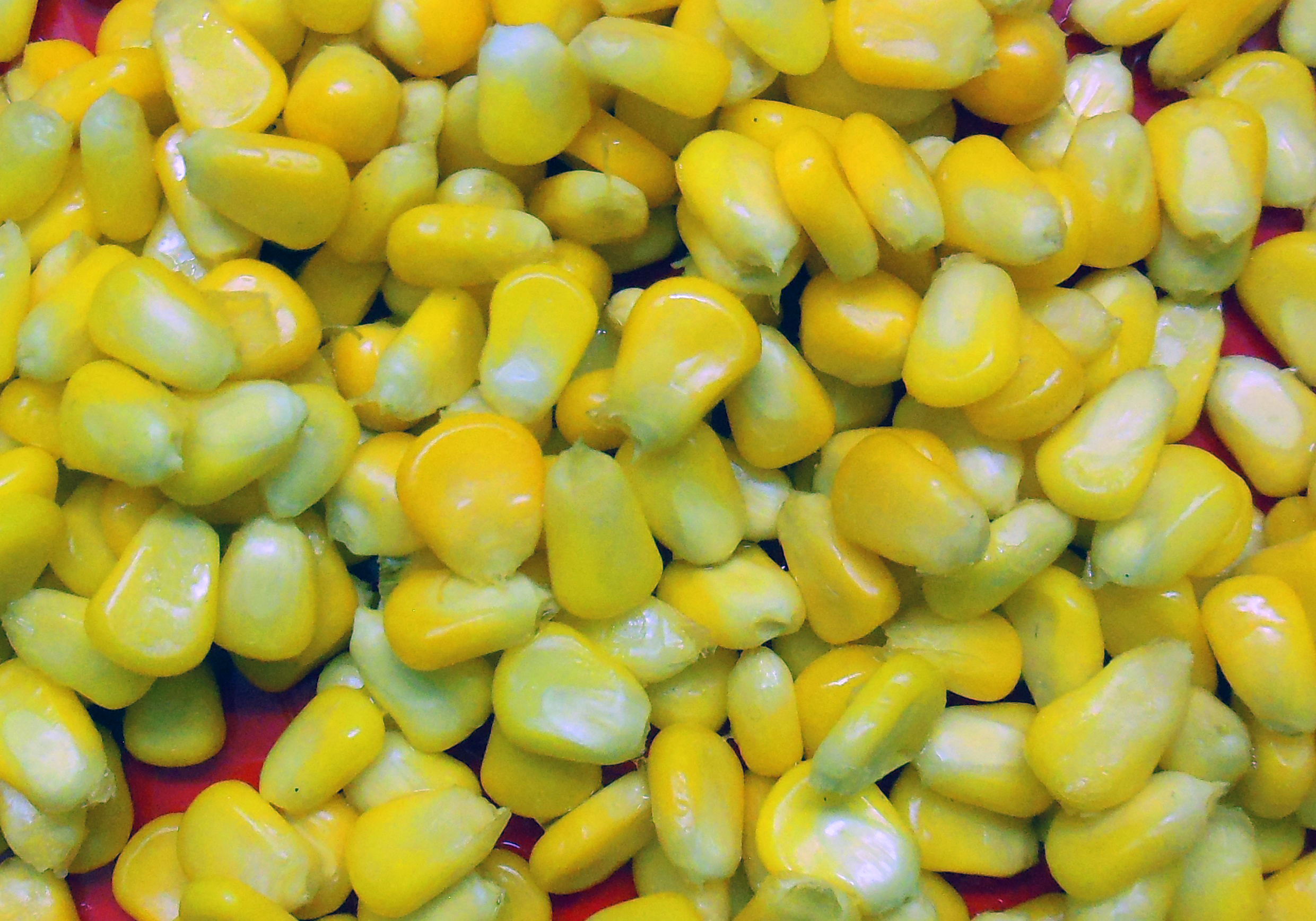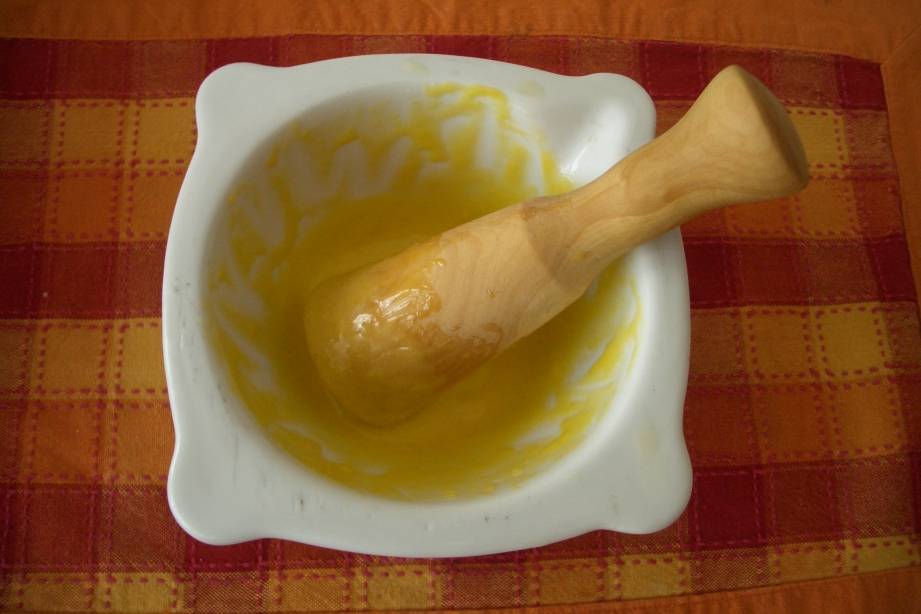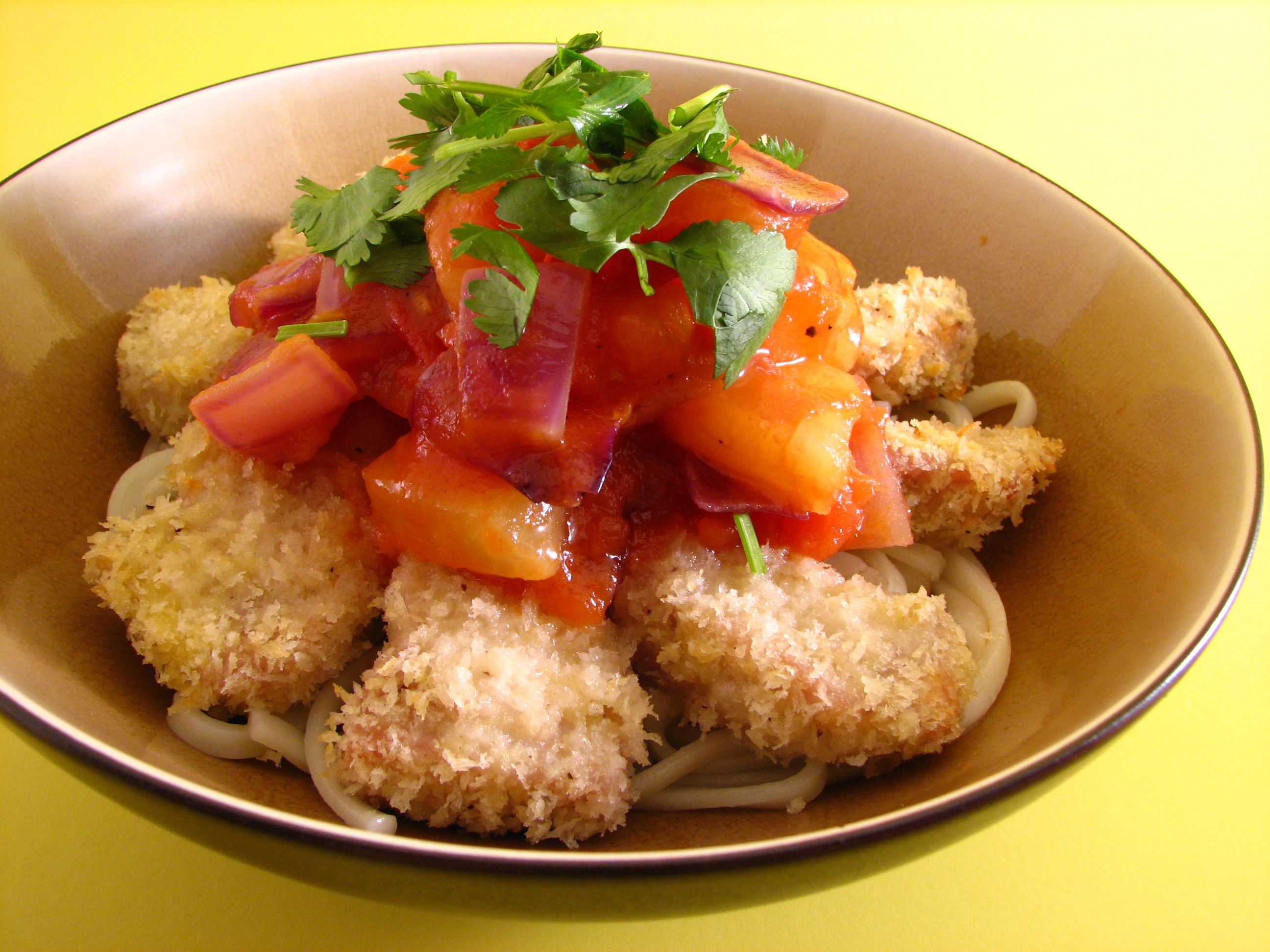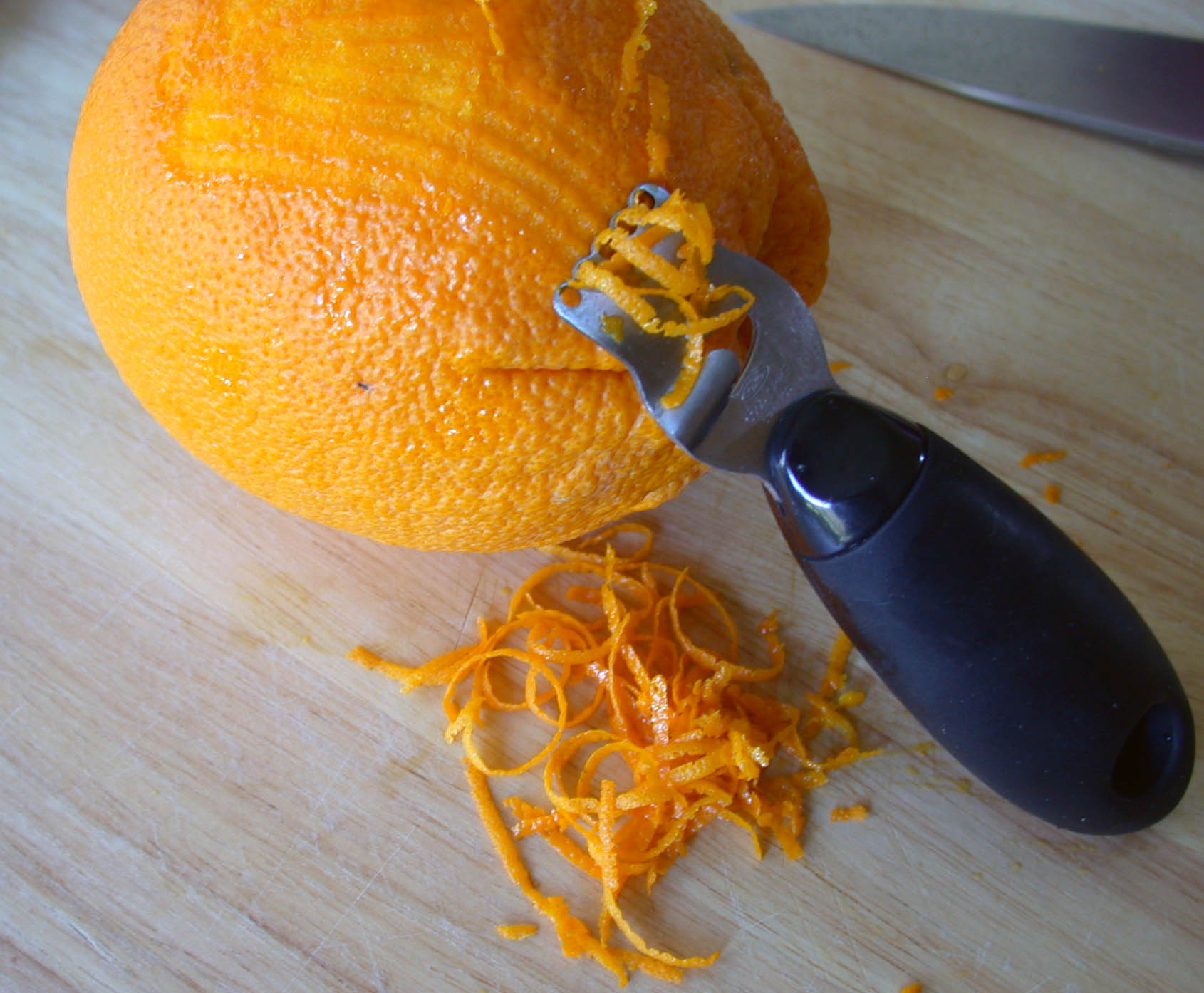|
3 Doors Down Café And Lounge
3 Doors Down Café and Lounge, or simply 3 Doors Down, was an Italian restaurant in Portland, Oregon, United States. It closed permanently in 2024, but is slated to reopen in 2025. Description 3 Doors Down is an Italian restaurant on 37th Avenue in southeast Portland's Sunnyside neighborhood, just north of Hawthorne Boulevard. Alex Frane of '' Eater Portland'' has described the restaurant as "an Italian mainstay in the city for decades", with a large enclosed patio, as of late 2021. He wrote in 2021, "The restaurant sticks to playful, comforting takes on familiar styles, including its baked orecchiette with eggplant ragu, aromatic shellfish fettucini, and creamy, slightly spicy ziti with sweet Italian sausage." According to Thrillist, 3 Doors Down has a large menu and "an extensive and dynamic" wine list. Fodor's has said, "Three doors down a side street from the bustling Hawthorne Boulevard, this small restaurant is known for its high-quality Italian food and extensive h ... [...More Info...] [...Related Items...] OR: [Wikipedia] [Google] [Baidu] |
COVID-19 Pandemic
The COVID-19 pandemic (also known as the coronavirus pandemic and COVID pandemic), caused by severe acute respiratory syndrome coronavirus 2 (SARS-CoV-2), began with an disease outbreak, outbreak of COVID-19 in Wuhan, China, in December 2019. Soon after, it spread to other areas of Asia, and COVID-19 pandemic by country and territory, then worldwide in early 2020. The World Health Organization (WHO) declared the outbreak a public health emergency of international concern (PHEIC) on 30 January 2020, and assessed the outbreak as having become a pandemic on 11 March. COVID-19 symptoms range from asymptomatic to deadly, but most commonly include fever, sore throat, nocturnal cough, and fatigue. Transmission of COVID-19, Transmission of the virus is often airborne transmission, through airborne particles. Mutations have variants of SARS-CoV-2, produced many strains (variants) with varying degrees of infectivity and virulence. COVID-19 vaccines were developed rapidly and deplo ... [...More Info...] [...Related Items...] OR: [Wikipedia] [Google] [Baidu] |
Wine List
A wine list is a menu of wine selections for purchase, typically in a restaurant setting. A restaurant may include a list of available wines on its main menu, but usually provides a separate menu just for wines. Wine lists in the form of tasting menus and wines for purchase are also offered by winery, wineries and wine stores. A restaurant's sommelier is usually in charge of assembling the wine list, educating the staff about wine, and assisting customers with their wine selections. Wine lists have been found from ancient Egyptian times. Ancient wine lists were not created for the same purpose served by a menu, but rather as a means of recording inventory and administrating wine rations in a monarch's household. Organization A wine list is typically organized into sections. A restaurant offering few selections may organize its list in two groups (red wine and white wine) whereas a larger wine list may have several sections, including any of the following: *White wines *Red wines ... [...More Info...] [...Related Items...] OR: [Wikipedia] [Google] [Baidu] |
Confit
Confit (, ) (from the French language, French word ''wikt:confire#French, confire'', literally "to preserve") is any type of food that is cooked slowly over a long period as a method of food preservation, preservation. Confit, as a cooking term, describes the process of cooking food in fat, whether it be grease or oil, at a lower temperature compared to deep frying. While deep frying typically takes place at temperatures of , confit preparations are done at a much lower temperature, such as an oil temperature of around , or sometimes even cooler. The term is usually used in modern cuisine to mean long, slow cooking in fat at low temperatures, many having no element of preservation, such as in dishes like confit potatoes. For meat, this method requires the meat to be salted as part of the preservation process. After salting and cooking in fat, confit can last for several months or years when sealed and stored in a cool, dark place. Confit is a specialty of southwestern France. Et ... [...More Info...] [...Related Items...] OR: [Wikipedia] [Google] [Baidu] |
New Year's Eve
In the Gregorian calendar, New Year's Eve refers to the evening, or commonly the entire day, of the last day of the year, 31 December, also known as Old Year's Day. In many countries, New Year's Eve is celebrated with dancing, eating, drinking, and watching or lighting fireworks. Many Christians attend a watchnight service to mark the occasion. New Year's Eve celebrations generally continue into New Year's Day, January 1, 1 January, past midnight. The local time zone determines the advent of the New Year; the first places to welcome the New Year are west of the International Date Line: the Line Islands (part of Kiribati), Samoa and Tonga, in the Pacific Ocean. In contrast, American Samoa, Baker Island and Howland Island (part of the United States Minor Outlying Islands) are among the last. By region Africa Algeria In Algeria, New Year's Eve is usually celebrated with family and friends. In the largest cities, there are fireworks at midnight. The Martyrs' Memorial, Algiers, Ma ... [...More Info...] [...Related Items...] OR: [Wikipedia] [Google] [Baidu] |
Chef De Cuisine
A chef de cuisine (, French for ''head of kitchen'') or head chef is a chef that leads a kitchen and its cooks. A chef patron (feminine form ''chef patronne'') (French for ''boss chef'') or executive chef is a chef that manages multiple kitchens and their staff. Function The chef de cuisine is in charge of all activities related to the kitchen, which usually includes creating menus, managing kitchen staff, ordering and purchasing stock and equipment, plating design, enforcing nutrition, safety, and sanitation, and ensuring the quality of the meals that are served in the restaurant. Chef de cuisine is the traditional French term, meaning "chief of the kitchen" or "kitchen manager", from which the English word chef is derived. Head chef is often used to designate someone with the same duties as an executive chef, but in larger restaurants there is usually someone in charge of a head chef such as a general manager who makes executive decisions such as the direction of the m ... [...More Info...] [...Related Items...] OR: [Wikipedia] [Google] [Baidu] |
Gouda Cheese
Gouda cheese (, , ; , "cheese from Gouda") is a creamy, yellow cow's milk cheese originating from the Netherlands. It is one of the most popular and produced cheeses worldwide. The name is used today as a general term for numerous similar cheeses produced in the traditional Dutch manner. History The cheese is named after the city of Gouda, South Holland because it was traded there. In the Middle Ages, Dutch cities could obtain certain feudal rights which gave them primacy or a total monopoly on certain goods. Within the County of Holland, Gouda acquired market rights on cheese, the sole right to have a market in which the county's farmers could sell their cheese. All the cheeses would be taken to the market square in Gouda to be sold. Teams consisting of the guild of cheese-porters, identified by distinct differently coloured straw hats, carried the farmers' cheeses, which typically weighed about , in barrows. Buyers then sampled the cheeses and negotiated a price using a ... [...More Info...] [...Related Items...] OR: [Wikipedia] [Google] [Baidu] |
Sweet Corn
Sweet corn (''Zea mays'' convar. ''saccharata'' var. ''rugosa''), also called sweetcorn, sugar corn and pole corn, is a variety of maize grown for human consumption with a high sugar content. Sweet corn is the result of a naturally occurring recessive mutation in the genes which control conversion of sugar to starch inside the endosperm of the corn kernel. Sweet corn is picked when still immature (the milk stage) and prepared and eaten as a vegetable, unlike field corn, which is harvested when the kernels are dry and mature (dent stage). Since the process of maturation involves converting sugar to starch, sweet corn stores poorly and must be eaten fresh, Canning, canned, or frozen, before the kernels become tough and starchy. It is one of the six major types of corn, the others being dent corn, flint corn, pod corn, popcorn, and flour corn. According to the USDA, 100 grams of raw yellow sweet corn contains 3.43 g glucose, 1.94 g fructose, and 0.89 g sucrose. H ... [...More Info...] [...Related Items...] OR: [Wikipedia] [Google] [Baidu] |
Kale
Kale (), also called leaf cabbage, belongs to a group of cabbage (''Brassica oleracea'') cultivars primarily grown for their Leaf vegetable, edible leaves; it has also been used as an ornamental plant. Its multiple different cultivars vary quite a bit in appearance; the leaves can be bumpy, curly, or flat, and the color ranges from purple to green. Description Kale plants have green or purple leaves, and the central leaves do not form a head, as with headed cabbage. The stems can be white or red, and can be tough even when cooked. Etymology The name ''kale'' originates from Northern Middle English ''cale'' (compare Scots language, Scots ''kail'' and German ''Kohl'') for various cabbages. The ultimate origin is Latin ''caulis'' 'cabbage'. Cultivation Derived from wild mustard, kale is considered to be closer to wild cabbage than most domesticated forms of ''B. oleracea''. Kale is usually a biennial plant grown from seed with a wide range of germination temperatures. It is ... [...More Info...] [...Related Items...] OR: [Wikipedia] [Google] [Baidu] |
Risotto
Risotto ( , ; from , 'rice') is an Italian cuisine, Italian rice dish cooked with broth until it reaches a creamy consistency. The broth can be derived from meat, fish or vegetables. Many types of risotto contain butter, onion, white wine, and Parmesan, Parmesan cheese. It is one of the most common ways of cooking rice in Italy. Saffron was originally used for flavour and its signature yellow colour. Recipes 78-80. Still, in print, there are many editions in many languages. Risotto in Italy is often a Italian meal structure#Formal meal structure, first course (), served before a Italian meal structure#Formal meal structure, second course (), but is often served with as a one-course meal. History Rice has been grown in southern Italy for centuries, and gradually made its way to northern Italy, where the marshes of the Po Valley were suitable for rice cultivation. According to a legend, a young glassblower's apprentice of the Veneranda Fabbrica del Duomo di Milano from Flan ... [...More Info...] [...Related Items...] OR: [Wikipedia] [Google] [Baidu] |
Aioli
Aioli, allioli, or aïoli () is a cold sauce consisting of an emulsion of garlic and olive oil; it is found in the cuisines of the northwest Mediterranean cuisine, Mediterranean. The names mean "garlic and oil" in Catalan language, Catalan and Provençal Occitan, Provençal. It is found in the cuisines of the Mediterranean coasts of Spain (Catalonia, the Valencian Community, the Balearic Islands, Region of Murcia, Murcia, and eastern Andalusia) and France (Provence, Languedoc, Roussillon). Some versions of the sauce are closer to a garlic mayonnaise, incorporating egg yolks and lemon juice, whereas other versions lack egg yolk and contain more garlic. The latter gives the sauce a pastier texture, making it more laborious to produce as the emulsion is harder to stabilise. See als1900 (3rd ed.), p. 31at Archive.org. Johnston gives one recipe without extra flavorings (p. 75) and one with mustard (p. 229) There are many variations, such as adding lemon juice or other seasonings. I ... [...More Info...] [...Related Items...] OR: [Wikipedia] [Google] [Baidu] |
Bread Crumbs
Breadcrumbs are a culinary ingredient consisting of flour or crumbled bread of varying dryness, sometimes with seasonings added. They are used for a variety of purposes, including breading or crumbing foods before frying (such as breaded cutlets like tonkatsu and schnitzel), topping casseroles, stuffing poultry, thickening stews, and adding inexpensive bulk to soups, meatloaves, and similar foods. Types Dry Dry breadcrumbs are made from dry breads which have been baked or toasted to remove most remaining moisture, and may have a sandy or even powdery texture. Breadcrumbs are most easily produced by pulverizing slices of bread in a food processor, using a steel blade to make coarse crumbs, or a grating blade to make fine crumbs. A grater or similar tool will also do. Fresh The breads used to make soft or fresh breadcrumbs are not quite as dry, so the crumbs are larger and produce a softer coating, crust, or stuffing. The ''crumb'' of ''breadcrumb'' also refers to th ... [...More Info...] [...Related Items...] OR: [Wikipedia] [Google] [Baidu] |
Zest (ingredient)
Zest is a food ingredient that is prepared by scraping or cutting from the rind of fruit_waxing, unwaxed citrus, citrus fruits such as lemon, Orange (fruit), orange, citron, and Lime (fruit), lime. Zest is used to add flavor to many different types of food. In terms of fruit anatomy, the zest is obtained from the flavedo (exocarp) which is also called zest. The flavedo and white pith (Mesocarp#Mesocarp, albedo) of a citrus fruit together makes up its Peel (fruit), peel. The amounts of both flavedo and pith are variable among citrus fruits, and may be adjusted by the manner in which they are prepared. Citrus peel may commonly be used fresh, dried, candied, or pickled in salt. Preparation After any surface wax has been Fruit and vegetable wash, removed, a zester, grater, vegetable peeler, Kitchen knife#Paring, paring knife, or even a surform tool is used to scrape or cut zest from the fruit. Alternatively, the peel is sliced, then excess pith (if any) cut away. The white por ... [...More Info...] [...Related Items...] OR: [Wikipedia] [Google] [Baidu] |
